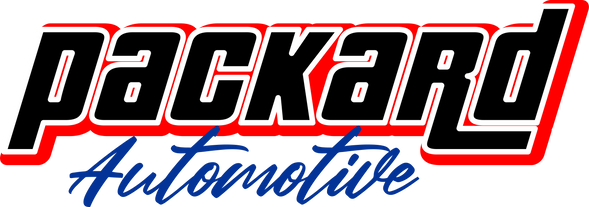At Packard Automotive we have been answering your engineering questions for some time now and have decided to compile a list of some of the common questions to help guide you. The information in this section is a guide only and you should contact us to confirm the most up to date requirements. It is also important to remember that this isn't a comprehensive guide and there may be other factors which prevent you performing a specific modification. We always advise people to submit an application to the department of transport before commencing any modification so you can be sure to have the most up to date information for your vehicle.
How high can I lift my 4WD?
In WA you can lift your vehicle 50mm before you have to have the vehicle certified by an engineer. This includes suspension and tyres so if you have a 50mm suspension lift any you fit larger tyres then your vehicles roof height has been lifted by more than 50mm and you require certification. Once you have exceeded this milestone you will require engineering which will include a Lane Change test and possibly an ESC simulation. With this certification however you are allowed to lift your suspension by 75mm as well as your body by 50mm and increase your tyre diameter by 50mm.
What engine can I fit into my vehicle?
While it is recommended that you always apply for approval from the DOT before commencing any modifications they do give some guidance to allow you to plan your modifications. IB-134 gives an overview of the process and specifically addresses the common question regarding power to weight.
What are the biggest wheels I can fit to my car?
For passenger vehicles you can increase the rolling diameter by 15mm and width by 1.3 times that of the largest optional tyre size for the vehicle. You can also increase the offset by up to 12.5mm per side. The tyres have to remain within the guards and not make contact through there range movement of the wheel. If you changed the axles, these ratings are no longer applicable and in general the ratings of the new axle apply. There are additional requirements that have to be met depending on your situation, Section LS of VSB 14 covers this in more detail. Please use this as a guide only for planning and always consult with an Engineer before purchasing wheels as there may be limiting factors you have not considered.
